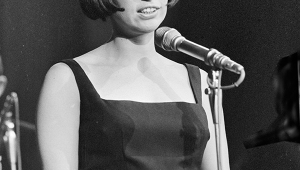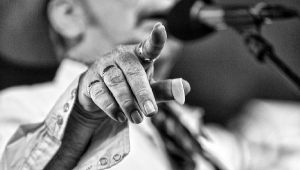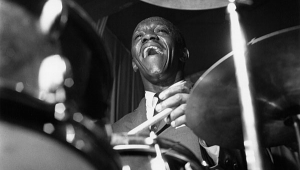| Columns Retired Columns & Blogs |
There Lies the Disc, the making of the new Cantus CD
Wes Phillips on the Sessions
One of the enduring myths of audiophilia is that of the recording as a true and honest picture of a musical event—a sonic "snapshot" that captures a unique moment of time the way a photograph captures the light of a day long since past.
One of the enduring myths of audiophilia is that of the recording as a true and honest picture of a musical event—a sonic "snapshot" that captures a unique moment of time the way a photograph captures the light of a day long since past.
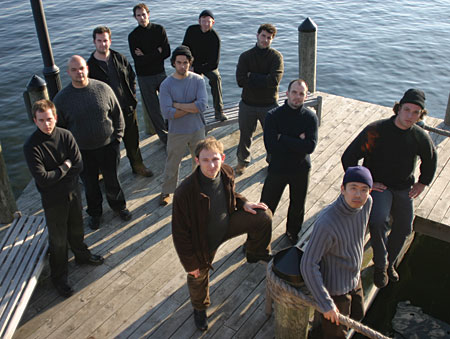
This is not to say that recording can't capture the magic of a musical event, or freeze a particular musical moment for all eternity, of course. We all have discs that transport us to what we think of as a single instant when the muses supped among us—such moments are what make audiophiles. Our search for more of those occasions when an engineer managed to capture lightning in a bottle pretty much defines our obsession.
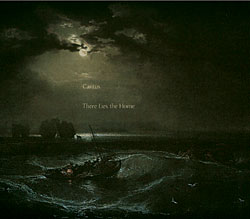 But here's the dirty little secret behind recording: Music exists in an uncertain state somewhere between genius and el floppo, and it is changed by the act of observing, ie, recording it. Every great recording is probably the result of a musician, an engineer, and a producer all frantically attempting to avert catastrophe.
But here's the dirty little secret behind recording: Music exists in an uncertain state somewhere between genius and el floppo, and it is changed by the act of observing, ie, recording it. Every great recording is probably the result of a musician, an engineer, and a producer all frantically attempting to avert catastrophe.
The real miracle is that records get made at all. That they do get made, and that they sometimes even approach greatness, is simply proof that God loves us and wants us to be happy.
There Lies the Home is no different in this regard. It arose out of the loftiest principles, namely the choral group Cantus' love of men's singing and its traditions. Sometime in 2004, it occurred to the group that one of the profound wellsprings of male choral singing was the great age of sail. Cantus had within its repertory a whole, um, boatload of material that sprang from the sea, ranging from sea chanteys to a thrilling tour of the Finnish Kalevala courtesy of Veljo Tormis.
As artistic director Erick Lichte recalls it, "We realized that we had the bare bones of a great thematic collection, especially since we were getting spectacular response from Tormis' Muistse mere laulud [Songs of the Ancient Sea], so we thought we could make a really good recording of sea songs—especially when we were able to commission 'A True Heart Is Waiting' from Minnesotan composer Edie Hill, which gave us the point of view of the lover left waiting at home for the wanderer to return. That's when we knew we had a whole concept and not just an idea."
On June 18, 2005, John Atkinson and I set out for Sioux Falls, South Dakota, and the Great Hall of the Washington Pavilion of the Arts and Sciences, site of the 2003 recording sessions for Cantus' Deep River. We knew the venue, we knew the group had been practicing the material for the better part of a year (except for "A True Heart Is Waiting," which they'd received only two months before the sessions). What could go wrong?
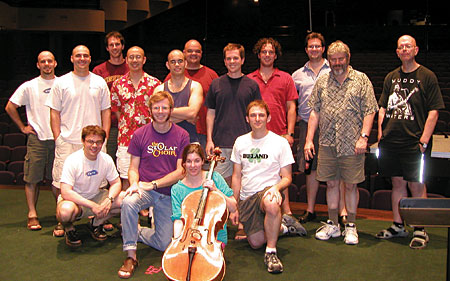
Traffic, for one thing. In our heavily laden Land Cruiser, it took us nearly 90 minutes to cross the 7.7-mile Staten Island Expressway (I-278). In fact, our traffic woes had just begun: Four hours after leaving Brooklyn, we were stuck in stalled New Jersey traffic, the Manhattan skyline still in our rear-view mirrors. After half an hour of parking-lot conditions, John switched off the ignition. When traffic finally began to move again, he turned the key: silence. We'd vapor locked, and had to roll the Toyota downhill and backward onto the shoulder until it decided to move again.
We spent the next day and a half driving the remaining 1300 miles, trying to make our deadline: a one-hour window of Saturday-evening load-in we'd scheduled at the Washington Pavilion. By dint of scant sleep and eating while driving, we were on schedule, so as we approached Sioux Falls we called Erick Lichte, who was to let us into the loading dock at the Pavilion. But no dice—a wedding was running late, and we'd have to wait till it was over to offload our recording gear.
"Well, that's a good thing," I joked as John and I cruised down the deserted streets of Sioux Falls. "We experience the disasters up front, so it's smooth sailing from here on in." In the next moment, we goggled in horror as we passed a series of signs proclaiming the closing of Main Street for the next week, and a phalanx of potentially noisy earthmoving and street-grading equipment parked in front of the Washington Pavilion. This was going to be interesting.

But load-in went smoothly, and when we showed up the next morning, there didn't seem to be too much activity outside. Maybe we'd be okay.
Day One: Monday
Erick had provided us with detailed work sheets. The morning was scheduled for rehearsal, while JA arranged his microphones, ran his cables, checked his polarities, and chewed his fingernails. Cantus sounded fabulous singing the new-to-them Marshall Bartholomew arrangement of "Shenandoah," and Main Street was silent.
(You'll note that my descriptions indicate that the recording sessions followed a sequence different from the disc's, which is listed in the sidebar "There Lies the Music." This is another example of how recording isn't the same as a performance. The disc is sequenced to take you on a journey, from the quiet introduction of Edie Hill's "Prelude (Before Dawn)" through Amy Beach's setting of Masefield's "Sea Fever" and the other material, until we end with Hill's "A True Heart Is Waiting." The sessions were sequenced to take the strain off the soloists—so that we wouldn't, for example, blow out tenor soloist Brian Arreola's pipes with one toughie after another.)
- Log in or register to post comments



